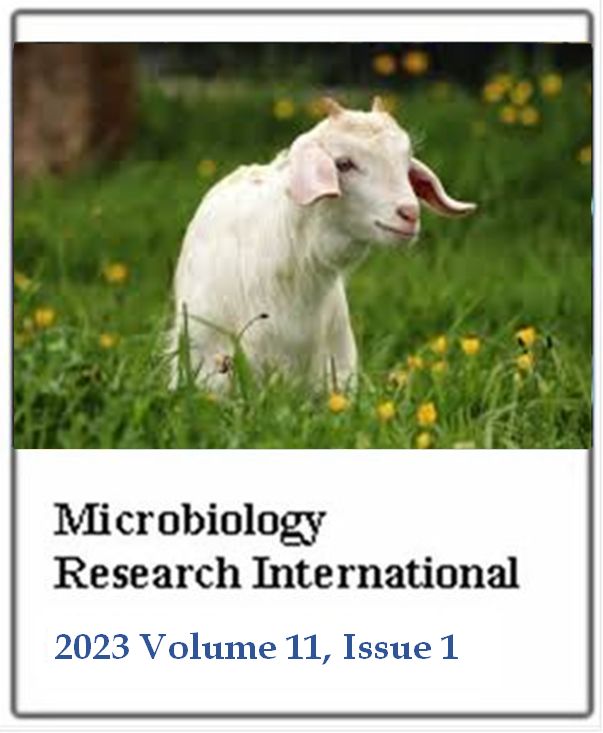Overview of Bluetongue disease in small ruminants: A review
Abdela Ogeto BulbulaMicrobiology Research International
Published: January 19 2023
Volume 11, Issue 1
Pages 1-6
Abstract
Bluetongue is a severe viral disease of domestic and wild animals, distributed worldwide, highly harmful in sheep and is caused by the infectious virus of the family reoviridae, genus of Orbivirus. The fever, depression, serous to mucopurulent nasal discharge, hyperaemia of the muzzle, oral and nasal mucous membranes, conjunctive and coronary band of the hooves are among the clinical signs of the disease and it is transmitted by an intermediate host, commonly biting culioides. The diagnosis of bluetongue disease, more importantly, depends on the clinical signs, and advanced laboratory techniques such as serological, viral isolation and Molecular detection. The Bluetongue disease is becoming a major concern of small ruminant production and productivity worldwide at the present day. To solve these constrict, many researchers conducted viral detection and isolation by using advanced techniques including molecular characterization. But, more scarcity of study was in the eastern part of Africa, in Ethiopia. In general, the disease status is still unclear and there is limited evidence of it in many parts of the country’s agroecological areas, especially in sheep and goats. Thus, an extended study should be conducted in different geographical areas of Ethiopia, to combat the problem of disease evidence, to enhance small ruminant production, success of control, and prevention.
Keywords: Bluetongue disease, Bluetongue virus, diagnosis, epidemiology, small ruminants.
Full Text PDF
